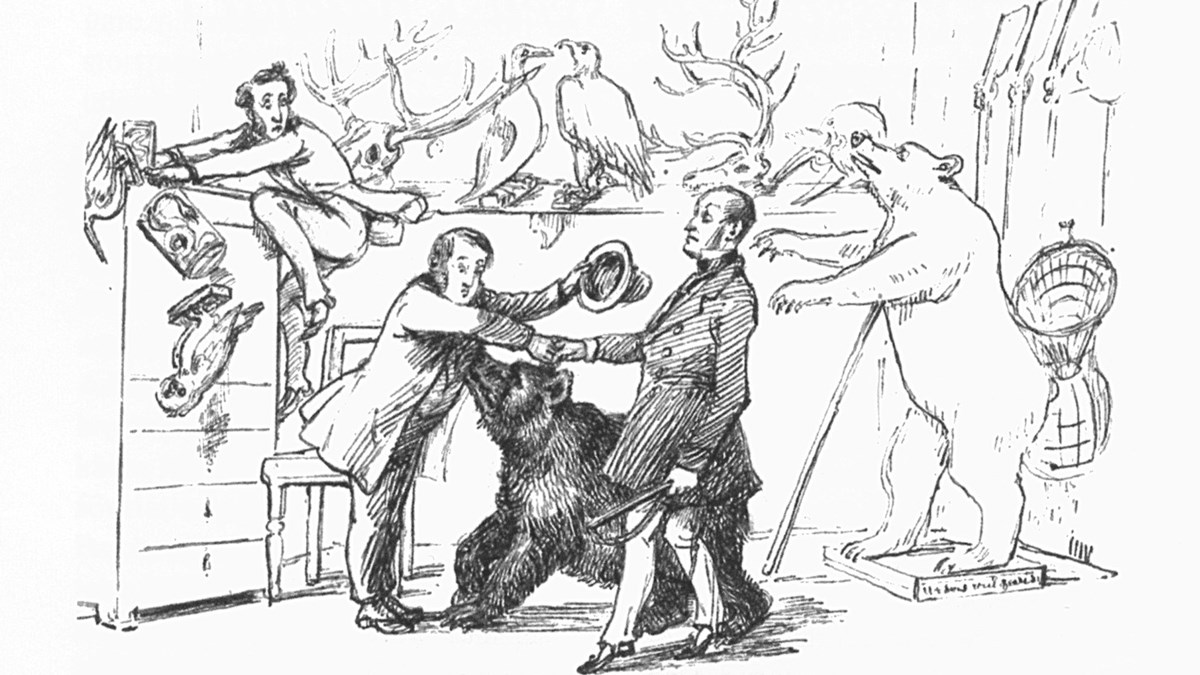Llewellyn Lloyd - legendary bear-hunter and zoologist

Few know that western Sweden was discovered in 1820 by a British nobleman who sent home exotic stories from this region. Llewellyn Lloyd was quite exotic himself and could be seen walking the streets leading a live bear in a chain.
He was born in the summer of 1792 in one of London´s more affluent aristocratic families - Llewellyn Lloyd.
The young Lloyd had no intentions to follow in the family tradition with a future in London´s banking and financial world. Instead, it was hunting and zoology that completely captured his interest.
In the year 1820 Lloyd came to Sweden, attracted by that for an Englishman, exotic nature and big game hunting where he could pursue bear, wolf and lynx.
When he moved to the area of Vänersborg in 1830, it was salmon-fishing in the Göta Älv that attracted Lloyd. He came to rent the manors of Rånnum, Gäddebäck and Fredrikslund before he finally moved to Vänersborg .
Lloyd became a mythical person known to have killed over 100 bears, for his extensive angling and for his many stories of women and illegitimate children.
For the British audience, he was an explorer in Sweden and he published a large number of extensive travel, hunting and etnological stories from these areas.
In zoological issues, Lloyd corresponded, among others, with Charles Darwin.
He was the father of the famous African explorer Charles John Andersson and it was Lloyd who taught the young successor, Axel W Eriksson, the basics of zoology - Eriksson, who in the 1880´s came to donate the extensive bird collection from southwest Africa to Vänersborgs museum.
Llewellyn Lloyd died in 1876 and his tomb is situated at Västra Tunhem.






